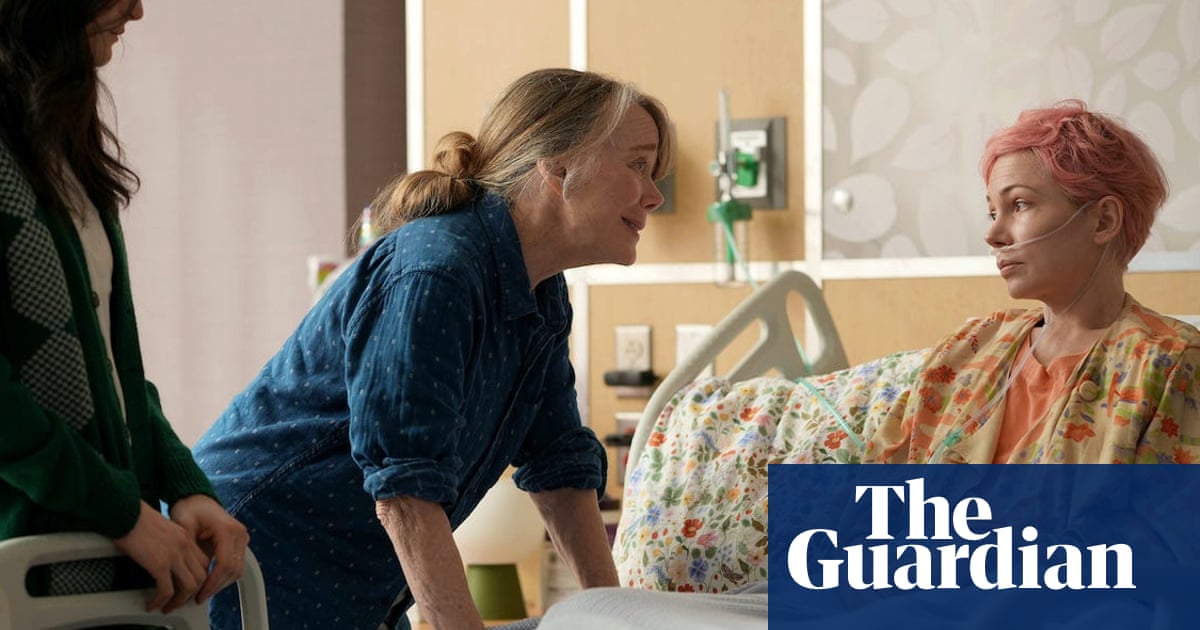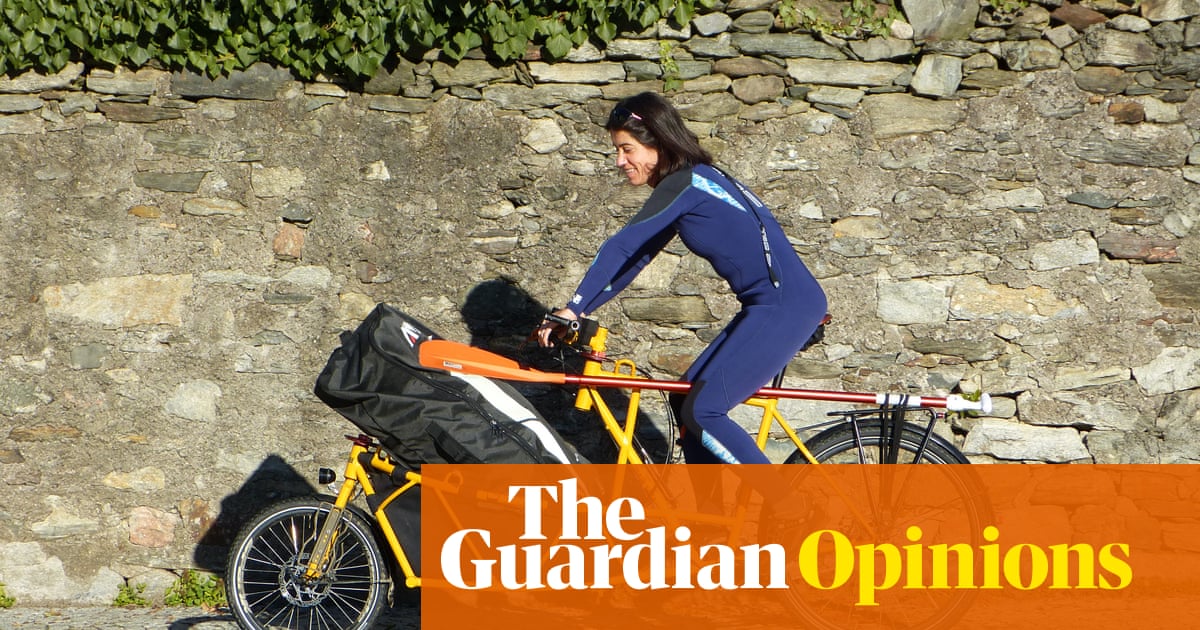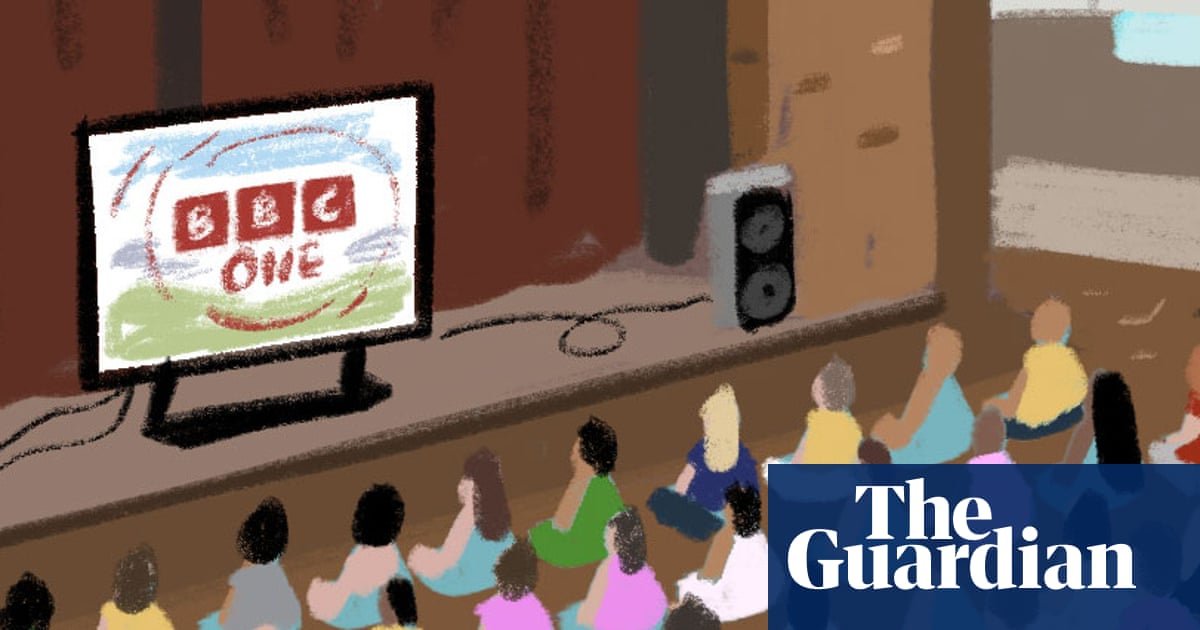“Who would like to hear about what happens when you’re dying?”
In the final episode of the FX series Dying for Sex, a hospice nurse with an oddly comforting sense of enthusiasm explains to a patient what to expect as she dies.
“Death is not a mystery. It is not a medical disaster. It is a bodily process, like giving birth or like going to the bathroom or coughing,” she continues. “Your body knows what to do.”
The patient will eat and drink less, for example, and sleep a lot more; she won’t get out of bed and might become delirious. Eventually, her breathing will slow down until the death rattles take over. She might even experience “the rally”, the nurse says, or a burst of energy and mental clarity days before her last breath.
The scene is based on real events in the life of Molly Kochan, who received a terminal breast cancer diagnosis in 2015 and embarked on a sexual journey until her death four years later. Kochan, who died at age 46, documented her experiences in a podcast with her best friend, Nikki Boyer, which inspired the TV series.
“There’s this assumption, understandably, that dying isn’t something an audience wants to look at. It feels too scary or sad,” says Kim Rosenstock, the show’s co-creator, writer and executive producer. “So we felt like we had an opportunity to depict death in a different way. And in doing so, to hopefully make death feel even a tiny bit less mysterious and scary.”
To some extent, each death is unique because it depends on a person’s age, health status and reason for dying, says Julie McFadden, a hospice nurse and online educator in Los Angeles, California. But for those unaffected by a traumatic event, such as a car accident, most people will experience certain stages and symptoms.
Experts say that knowing more about death – which they call “death literacy” – can actually help quell fears of dying. Here’s what they said about the science and psychology of the death process.
The transition phase
Months before death, the transition phase begins, says McFadden. This entails spending more time in bed, eating and drinking less, and needing more help with daily tasks such as getting dressed and going to the bathroom. During this time, it can be hard to keep up with conversations and sleep will take up most of the day.
This stage can be particularly difficult to notice in people who have conditions such as dementia or Parkinson’s disease, adds McFadden, because the signs mirror those of their illness.
The transition phase could also involve a “detachment from the world” in a way that makes time feel non-existent, says Cole Imperi, a certified thanatologist, a specialist who studies death, dying, grief and loss. Senses will begin to dull as well, she says, so sight, hearing, taste, smell and touch won’t be as intense.
Due to a lower food and beverage intake, at this point it’s possible to enter ketosis, a state in which the body burns fat for energy instead of glucose. Imperi says some people may experience pain relief or euphoria as a result, but it’s not entirely clear why. Some research suggests the neurotransmitter Gaba increases during ketosis, which makes you feel calm, while cortisol, the stress hormone, decreases, says Imperi.
Active dying
All these symptoms will worsen until the last stage of life, called “active dying”, says McFadden. This can begin a few days or hours before death. For the most part, a person is unconscious, she says, and breathing and heart rate can become irregular.
If respiration or heart rate becomes too erratic and causes discomfort, hospice workers can bring in a music-thanatologist to help stabilize vitals and ease anxiety, says Imperi. These trained professionals play the harp and use their voice at bedside. “When we die, our bodies get less efficient at running like clockwork,” says Imperi, “so when music-thanatologists come in, the body sort of tethers itself to the pattern of their music.”
after newsletter promotion
This stage is also when “the rally” happens. About a third of dying people undergo this sudden rush of mental clarity shortly before they die, according to McFadden. For a brief couple of days, hours or even minutes, personalities return, loved ones’ names are remembered and favorite foods are craved yet again.
“There’s not a definitive scientific reason why this happens,” says Imperi. “But I will say that it is a beautiful, beautiful gift.”
It’s also very common, at any point during active dying, to experience hallucinations or visions that typically involve loved ones who have passed. Imperi says dying people often talk about needing to pack their suitcase or waiting to be picked up at an airport.
Terminal secretions, or the ‘death rattle’
The last thing that happens before death is a change in breathing pattern called Cheyne-Stokes respiration, says Imperi. Like a fish out of water, a person experiences a series of rapid breaths followed by long periods of no breathing. As a result, one can’t swallow mucus or saliva, so it thickens and builds up in the back of the throat, making each breath sound a bit gurgly, says Imperi.
These noises are called terminal secretions, commonly referred to as the “death rattle”. Although it sounds painful, Cheyne-Stokes breathing doesn’t hurt – just like most of the active dying process, says McFadden, who says she can tell based on patients’ non-verbal cues.
“A dying person is like a baby,” McFadden says. “Babies can’t say they’re hungry or teething, but you can tell something is wrong by how they’re acting. Dying people are the same.”
Why death literacy is important
“In American culture, death is largely feared and seen as this disaster to avoid at all costs,” says Rosenstock. “It was important to us to convey the dying process in a truthful way.”
It’s normal to be scared of death because it’s in our nature to survive, says Imperi, but the best way to quash a fear of dying is to educate yourself. Several studies show that the more we learn about and contemplate death, the less anxiety we have about experiencing it.
Death literacy can be especially helpful for people who are already dying, McFadden says.
“Most people are not comfortable talking about it, so everyone skirts around the issue. But at the end of the day, they do want answers, and generally speaking, we have some,” McFadden says. “We don’t know exactly what it’s going to be like after you’re gone, but we know enough about what you can expect [during the process], and in most cases, my patients and their families sigh with relief once they learn more about it.”
That’s because one of the hardest parts about dying is losing control, says Imperi, and death education can help put the ball back in your court. On the other hand, some people might find a sense of control by refusing to learn more about what’s happening to them or their loved one, adds Imperi, which can be equally as therapeutic.
“Supporting that resistance is sometimes more important,” says Imperi, because that might be what a person needs at that point in their journey.
Above all, “we are built for death just like we’re built for birth”, says McFadden. “The more we understand that, the better we will live – and the more peaceful we will die.”










